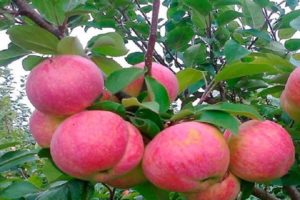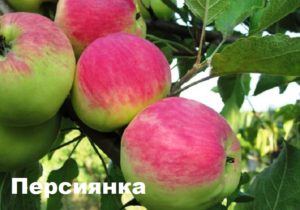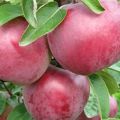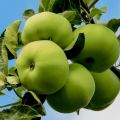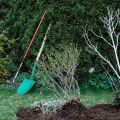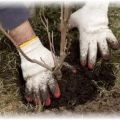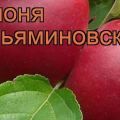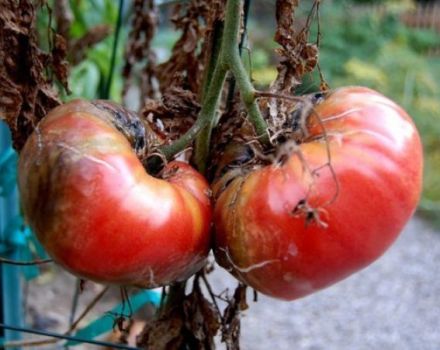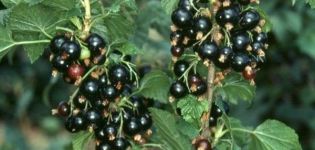Description, characteristics and varieties of Arkad apple trees, rules of growing and care
Not all residents of Russia grow apricots or peaches in their dachas or in their gardens, but almost everyone plant apple trees. These fruit trees are less whimsical, their fruits are well transported, stored for a long time, are characterized by universal application, are rich in pectin, organic acids, vitamin C. The Arkad apple tree is grown for an early harvest of large and sweet apples. Fruits of a white-green color with a thin skin and juicy pulp ripen by the beginning of August.
Apple tree breeding history
Arkad summer has been planted for a long time, but who created this early variety is unknown. Such a tree grew back in the estate of Leo Tolstoy, and the writer liked sweet apples with a delicate aroma. There is no evidence that apple trees with this name were first planted in Bashkiria, as indicated in old sources.
Varieties of the Arkad variety and description
Every year breeders create fruit tree hybrids that have improved qualities. The Arkad apple tree can boast of ease of care, resistance to frost and disease. The variety has several subspecies, which differ from each other:
- weight and color of fruits;
- shades of taste;
- ripening time;
In addition, trees have a different crown shape, different growth. In nurseries and on the market, seedlings of Arkada Sugar, Summer, Smoky varieties are sold.
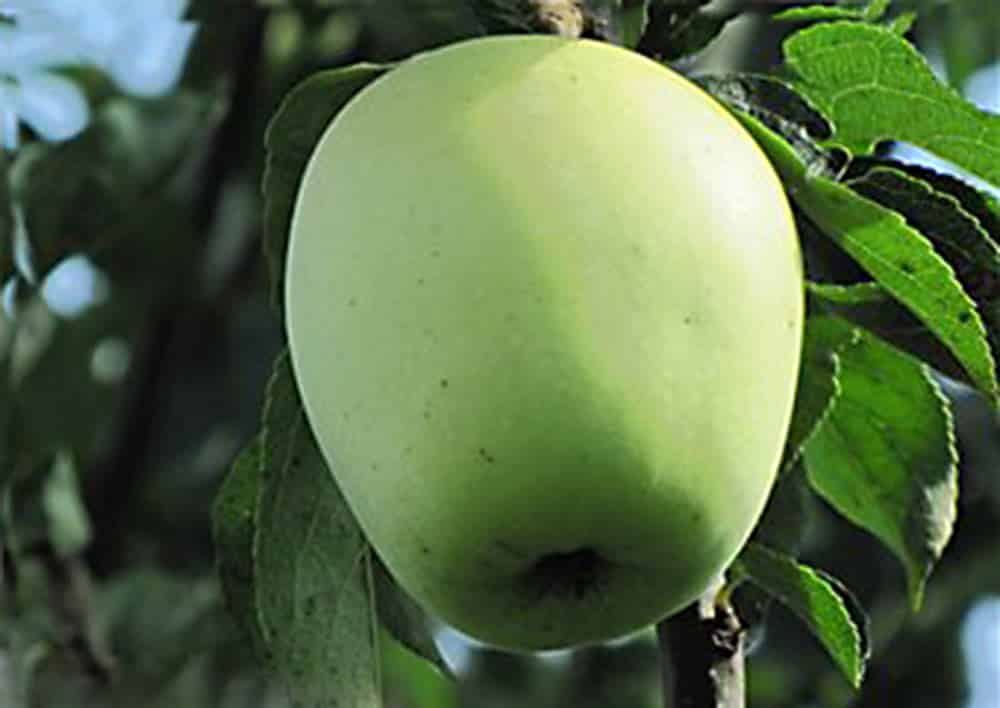
Biryukova
The apple tree, which grows up to 4 meters in height, has a dense crown, which is formed from rounded shoots, is characterized by exceptional winter hardiness. The variety was named after the surname of the breeder who pollinated Arkad winter with the pollen of a seedling he created.
The tree blooms in May, and apples ripen at the beginning of August, differing in:
- sweet and sour taste;
- green skin;
- gentle blush;
- delicate aroma.
The fruit weighs about 90 g, the mass of the largest specimens reaches 120 grams. Up to 7 buckets of fruit are harvested from one plant.The apple tree tolerates temperature extremes and frosts, but suffers from bacterial diseases and is affected by fungi.
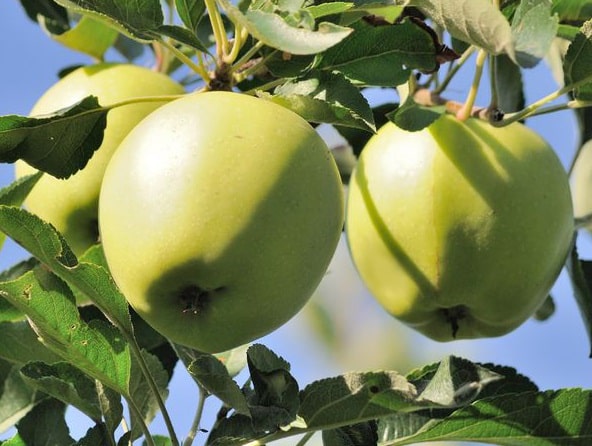
Sugar
The trees of this early-maturing Arkad variety are very powerful, they can withstand severe winters, and yield a harvest every year. Large apples have excellent taste, thin green skin, grainy pulp, weigh about 160 g. Fruits begin to pick at the end of July, they are stored for up to a month, do not lose their presentation during transportation.
Yellow
The Arkad summer variety has an average yield, but bears fruit annually. About 6 buckets of apples are collected from the tree, covered with a shiny golden skin and having a slightly tart pulp. Arkad yellow does not die in frosts up to 35 degrees, but is not grown on an industrial scale, since the fruits quickly deteriorate, lose their presentation during transportation. Jams are made from apples, juices are made, compotes are closed for the winter.

Pink
The apple tree of this variety has a compact crown formed by thin branches, grows well on loam and loose sandy loam soils. Fruits weighing up to 70 g ripen in July, have a rounded shape, are distinguished by a beautiful light yellow color, and are decorated with raspberry stripes.
Columnar
Compact trees without side branches are easy to form, hardly need to be cut, they bloom very beautifully. Such apple trees, which are a variety of Arcade, inherit winter hardiness, taste from it, and begin to bear fruit the next year. The columnar tree takes up less space on the site, does not differ too much from the variety in agricultural technology.

On a dwarf rootstock
The tree of this Arkada variety is slightly higher than 2 meters in height, but it tolerates more severe frosts than its closest relatives. Apple trees on dwarf rootstocks take root in cold climates.
What is typical for this culture
All subspecies of the Arkad variety are distinguished by early ripening, good yield, ease of care, resistance to adverse conditions, universal use of fruits.
Growing area
Arkad apple trees take root in a temperate climate, are cultivated in the middle latitudes of the European part of Russia, in the Urals, in Siberia and in the southern regions, and bear fruit in the Volga-Vyatka region.
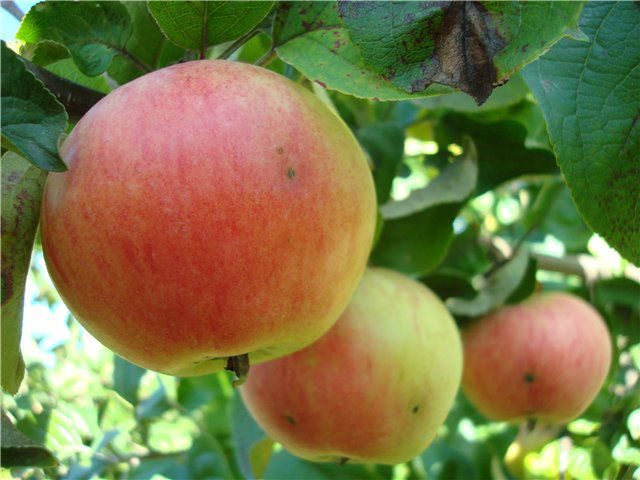
Resistant to frost, insects and diseases
Trees can withstand temperatures below 30 ° C, but apple trees do not have immunity from fruit rot and powdery mildew, they are affected by scab. Harm to culture is caused by:
- scale insects and ticks;
- hawthorns and aphids;
- flower beetles and weevils.
Spraying with urea helps to prevent the appearance of insects; for the prevention of diseases, trees are treated with a solution of potassium chloride.
Harvest
Apples of all Arkad subspecies ripen in late July - early August. They need to be removed on time, as the fruits quickly fall off and deteriorate. On average, one short tree produces no more than 7 buckets of fruit.

The beginning of fruiting
The first apples on columnar varieties ripen next July or August, the weight of the crop can reach 3 kg. On the remaining subspecies of the Arkad variety, fruiting begins in the second, and the peak falls on the 5th or 6th year.
Self-fertility and pollinating varieties
Every spring the trees bloom luxuriantly, but so that the ovary does not crumble, a large number of fruits ripen, you need to place apple trees of early varieties nearby, which serve as pollinators.
Flowering period of the tree and ripening of the fruit
Arkad is planted in regions with a cool climate, where there is snow in March or even in April, apple trees release buds when the weather is warm, and bloom in May. The fruits are picked in the last decade of July or in the first half of August.

Tasting assessment
Apples Arkad Rozovaya, Sakharnaya, Biryukova have a pleasant sweet and sour taste, have a juicy pulp, delicate aroma and deserve the highest tasting rating. The fruits of the yellow variety of the variety are not suitable for transportation, have a tart aftertaste, lack of sourness and earn 4.1 points.
Collection and storage of apples
Ripe fruits are picked by hand by unscrewing until they begin to crumble. Arkad trees are not tall, so it is not difficult to get apples. Fruits of early varieties should not be stored for more than a month, even in the refrigerator, as they begin to rot or dry out. It is better to immediately roll up compotes, cook jams, or just eat them fresh.
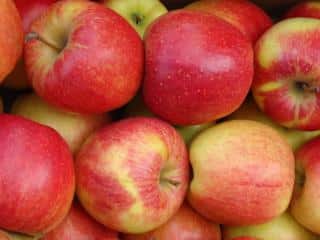
Landing nuances
The roots of adult Arkad apple trees are at a depth of 60 to 70 cm and take up much more space than a compact crown. Before buying a tree for growing, it is worth studying the requirements for agricultural technology.
We prepare seedlings
So that the roots of a young apple tree do not dry out, they are dipped in a chatterbox, which is prepared from clay, earth and mullein, the ends are shortened with a pruner before placing in the ground.
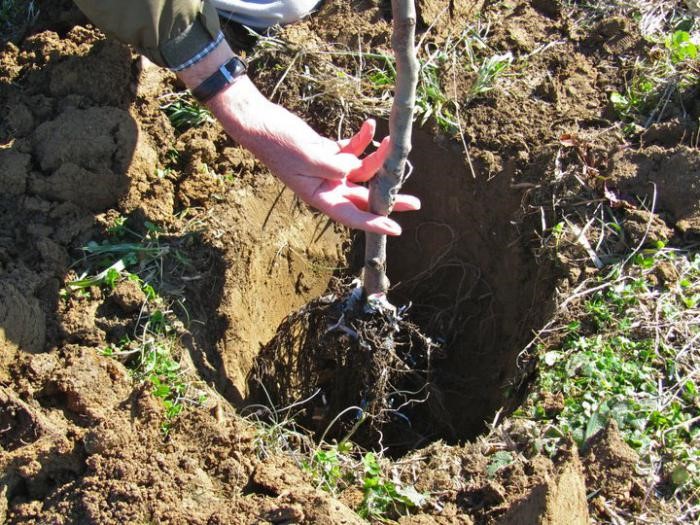
Choosing the best place
Experts advise planting apple trees in an area where crops that deplete the soil have not grown before. The tree will not bear fruit in the shade; a place for it must be selected in the sun and where the water is not close to the surface.
Required soil composition and size of the landing hole
A pit for an apple tree is dug in advance, its width should be at least a meter, and a depth of 80 cm. A nutshell is placed on the bottom, the earth is mixed with humus, ash, superphosphate is added. The wells are half covered with the top layer of soil.
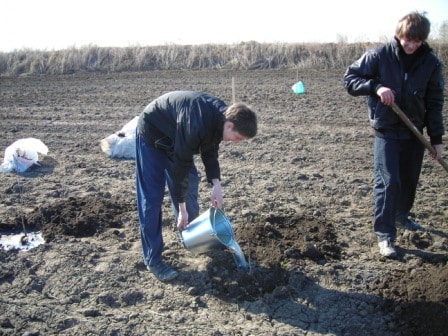
Disembarkation scheme and technology
Compact low-growing apple trees are placed every 4 meters, columnar - after 2. A peg is driven into the prepared hole, the roots of the tree are dried, planted in the ground and straightened. The vaccination site is not covered, but 10 centimeters above the soil surface are left, the soil is tamped, watered.
Care advice
Young apple trees must be protected from sunburn and frost, mulch, feed, cut.
Watering frequency
The seedlings are moistened as soon as the soil dries out in the trunk circle. If the weather is dry, adult trees need moisture at least 2 times a month. The first watering is done when the buds appear, the last - in late autumn.

Foliar and root feeding
In order for an apple tree to please with a large number of juicy and large fruits, in addition to moisture, it must receive minerals and organic matter. In early spring, the plant requires nitrogen, which is present in ammonium nitrate. During the formation of buds and in the fall, fertilizers containing phosphorus and potassium are applied.
The tree responds positively to foliar feeding with these microelements. Spraying foliage allows you not only to increase yields, but also to strengthen the immunity of the apple tree to diseases.
Crown pruning
In late autumn, dried and weak branches are removed, the mummified remains of the fruit are collected and burned. In the spring, gardeners thin out the crown, getting rid of sick, old and growing inward shoots, on which the ovary does not form.
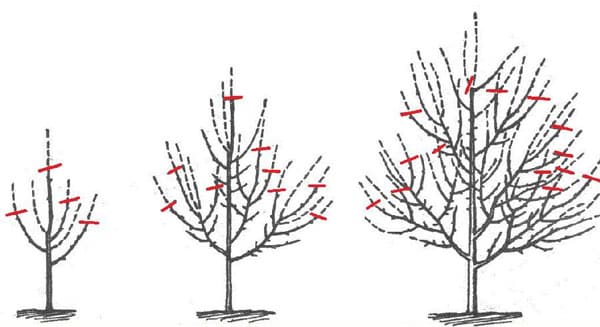
Prevention of diseases and insects
The Arkad apple tree suffers from scab caused by the Venturia fungus and is attacked by bacteria. Spraying the ground part with 3% solutions of ammonium nitrate and potassium chloride helps to protect the tree from harmful microorganisms.
To prevent the invasion of insects, plants are treated with preparations containing copper and urea, and when they appear, insecticides are used.
Preparing an apple tree for winter in gardens and backyards
So that fruit trees do not suffer from severe cold weather, which are characteristic of middle latitudes, all work on the site is stopped before the ground freezes. Preparing an apple tree for winter includes:
- Removal of fruit and weed residues.
- Removal of dead and diseased branches.
- Abundant watering to retain moisture.
- Spraying with solutions from pests.
- Fertilization.
The trunks of trees must be whitewashed with lime, which protects the bark from freezing, wrap with roofing material or other material so that the hares do not gnaw the shoots. The roots of young seedlings are covered for the winter with needles, dry leaves or straw.
